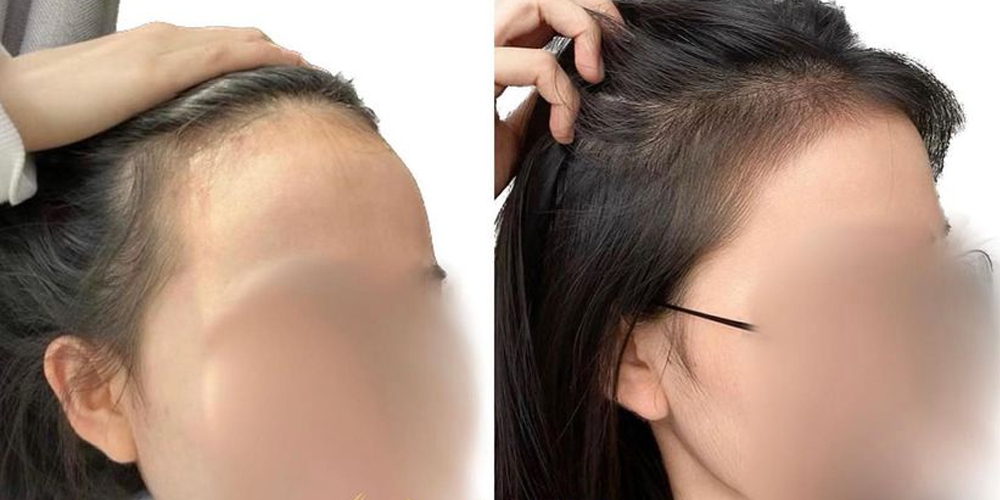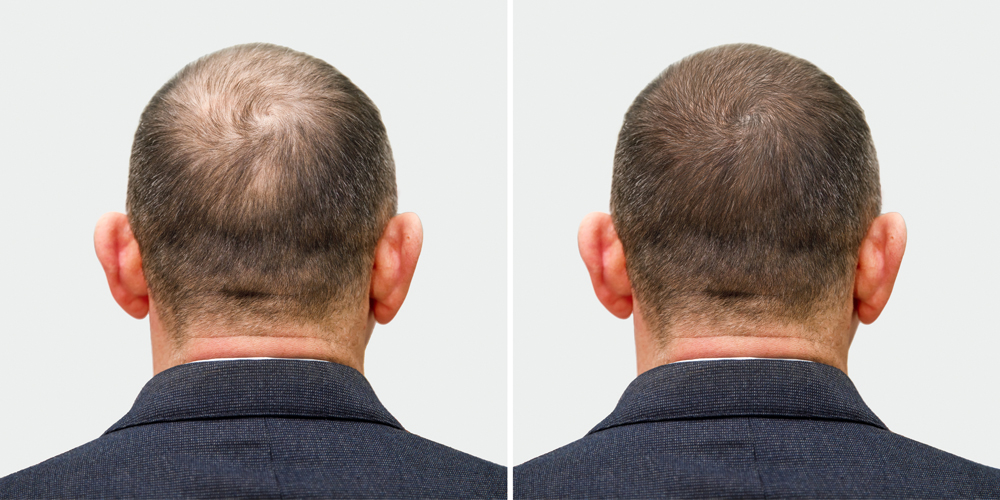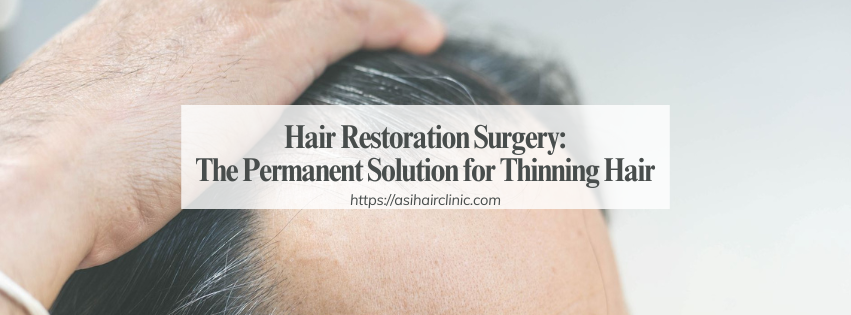How Much Does A Hair Transplant Cost?
Hair loss is a common concern affecting millions of people worldwide. For many, it transcends mere aesthetics; it can significantly impact self-esteem, social interactions, and even career prospects. While various treatments are available, hair transplantation has emerged as a popular and often life-changing solution. However, one question frequently arises: how much does a hair transplant cost? This article delves into the complexities of hair transplant pricing, exploring the factors influencing the cost, offering a comprehensive breakdown of average price ranges, and providing helpful tips to navigate this financial aspect of hair restoration.
1. Is a Hair Transplant Worth it?
Determining whether a hair transplant is worth it depends on various factors, including your personal situation, expectations, and the potential benefits versus costs. Here are some key points to consider:
1.1. Benefits of a Hair Transplant
- Permanent Solution: Unlike temporary hair restoration methods, a hair transplant provides a permanent solution to hair loss. Transplanted hair is typically resistant to balding.
- Natural Appearance: When performed by a skilled surgeon, the results can look very natural, blending seamlessly with your existing hair.
- Improved Self-Confidence: Many patients experience a significant boost in self-esteem and confidence after a successful hair transplant.
- Low Maintenance: Transplanted hair requires no special maintenance apart from regular hair care, making it a convenient long-term solution.

1.2. Considerations
- Cost: Hair transplants can be expensive, with costs varying widely depending on the procedure type, number of grafts, and geographic location. It’s important to weigh this investment against the benefits you expect to receive.
- Recovery Time: The recovery process can take several weeks, during which you might experience swelling, bruising, and temporary shedding of transplanted hair.
- Results May Vary: Individual results can vary based on factors such as the extent of hair loss, hair type, and the surgeon’s expertise. It’s important to have realistic expectations.
- Multiple Sessions: Some patients may require multiple sessions to achieve their desired density and coverage, which can increase the overall cost and time commitment.
1.3. Ideal Candidates
- Stable Hair Loss: Ideal candidates have a stable pattern of hair loss, which allows for better planning and long-term results.
- Adequate Donor Hair: Sufficient donor hair on the back or sides of the scalp is crucial for a successful transplant.
- Good Health: Being in good overall health can improve healing and the success rate of the transplant.
A hair transplant can be worth it for many individuals, particularly those seeking a permanent solution to hair loss and are willing to invest the necessary time and money. Consulting with a qualified and experienced surgeon to discuss your specific situation and expectations is crucial to making an informed decision.
Consider your specific circumstances, expectations, and desired outcome before making a decision. By taking these factors into account and working with trusted professionals, you can make an informed choice regarding the value and potential benefits of a hair transplant for yourself.

2. How Long Does a Hair Transplant Last?
A hair transplant aims to provide a lasting remedy for hair loss, offering a high likelihood that your investment will endure a lifetime! The donor hair retains its natural growth cycle, mirroring the longevity it had at the back of your head, usually for the duration of the patient’s life. The only potential disruptor to this are unforeseen medical complications.
In some cases, it may be necessary to have follow-up transplants in the future if surrounding non-transplanted hair thins over time. It is also common to complement the hair transplant with hair loss prevention medications and treatments. These clinically-proven treatments are often recommended as part of your aftercare regimen by your medical team in order to maintain the effectiveness of the hair transplant and prevent further hair loss.
3. Understanding the Factors Driving Hair Transplant Costs
The cost of a hair transplant is not a one-size-fits-all figure. It fluctuates depending on a multitude of factors, and understanding these nuances is crucial for making informed decisions. Here’s a closer look at the key determinants:
3.1. The Extent of Hair Loss
- Assessing Your Hair Loss: The first factor that influences the cost of a hair transplant is the extent of hair loss. The Norwood Scale, which classifies male pattern baldness, is often used to assess the severity of hair loss. The more advanced the stage of hair loss, the more grafts will be required to achieve the desired results.
- Graft Requirements: A single graft typically contains 1-4 hair follicles. Therefore, if you have extensive hair loss, you may need anywhere from 1,500 to 4,000 grafts or more. The total number of grafts needed directly correlates with the overall cost of the procedure. Clinics usually charge per graft, so understanding your specific needs is essential for estimating costs accurately.
- Consultation and Evaluation: Most clinics offer an initial consultation to evaluate your hair loss condition. During this assessment, the surgeon will determine the number of grafts required and provide a detailed quote. This step is crucial, as it allows you to understand the specific costs associated with your unique situation.

3.2. The Type of Procedure
- Follicular Unit Extraction (FUE): FUE is one of the most popular hair transplant techniques today. It involves extracting individual hair follicles from the donor area and implanting them into the balding areas. FUE tends to be more expensive than other methods due to its labor-intensive nature and the expertise required to perform it effectively.
- Follicular Unit Transplantation (FUT): FUT, also known as strip harvesting, involves removing a strip of scalp from the donor area, from which individual follicular units are then extracted. While FUT can sometimes be less expensive than FUE, it may leave a linear scar and requires a longer recovery time. Patients should weigh the pros and cons of each method when considering costs.
- Robotic Hair Restoration: Robotic-assisted hair restoration is an emerging technology that uses robotic systems to perform FUE. While this technique can enhance precision and reduce recovery time, it often comes with a higher price tag. Patients interested in cutting-edge technology should be prepared for potentially increased costs.
Conclusion
Hair loss is a prevalent issue that affects countless individuals, but hair transplantation offers a viable solution for restoring confidence and improving quality of life. Understanding the factors that influence hair transplant costs is essential for making informed decisions. By considering the extent of hair loss, the type of procedure, geographic location, surgeon expertise, and additional costs, patients can navigate the financial aspects of hair restoration more effectively.
Ultimately, investing in a hair transplant can lead to transformative results, enhancing self-esteem and social interactions. With careful research, planning, and consideration of financing options, individuals can embark on their hair restoration journey with confidence, knowing they are making informed choices that align with their goals and budgets.
LATEST POSTS








